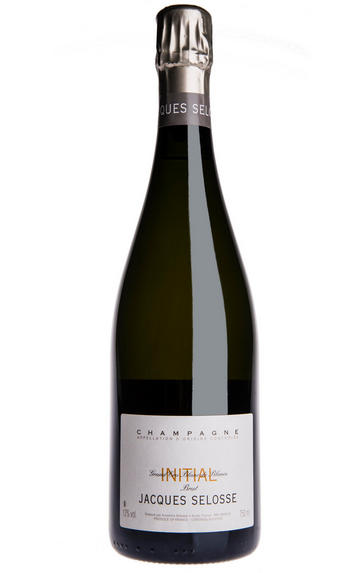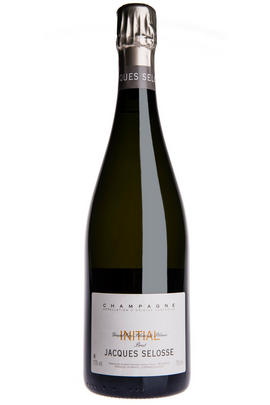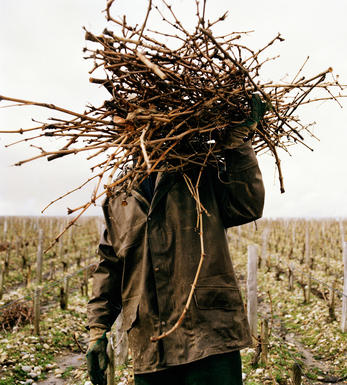
Jacques Selosse, Version Originale duplicate of 925248

Critics reviews
Stephan Reinhardt - 31/08/2018
About this WINE

Jacques Selosse
Anselme Selosse, variously described as eccentric, obsessed, charismatic and messianic,depending on one's point of view, is one of the most fascinating vignerons at work in Champagne today. His philosophy is conspicuously Burgundian in the winery, where all of his 35 Chardonnay plots (in Avize, Cramant, Oger, Le Mesnil, Ay, Mareuil-sur- Ay and Ambonnay) are vinified separately in small Burgundian barrels that have been bought in from Domaine Leflaive, no less.
Eschewing malolactic fermentation and keeping the dosage low are practices which find empirical antithesis in the ripeness of fruit which has been farmed as late as possible. Man and wine alike court strong opinion, in itself no bad thing in a region dominated by the power of the ur-Grandes Marques.
The range includes:
Initial - a blend of three vintages of Chardonnay grapes, aged for at least 2 years before disgorgement in a Brut style. Version Originale is also a blend of three vintages of Chardonnay, but aged longer in bottle (42 months) before disgorgment and has very little dosage (Extra Brut) style.
Millésime - a single vintage Blanc de Blancs from the grapes of two vineyards in Avize, Le Mont de Cramant and Les Chantereines. Substance is a Blanc de Blancs from a single vineyard in Avize. This Champagne is made in a unique solera system with the base grapes for this wine coming from the 1987 vintage, the blend is topped up with more recent vintages each year.
Contraste is a Blanc de Noirs, made from Pinot Noir grapes, from a single vineyard (La Côte Faron in the village of Aÿ), also made in a solera style with the base grapes from the 1994 vintage. Exquise is a Demi-Sec Blanc de Blancs champagne, with around 24g/l of dosage.

Chardonnay
Chardonnay is often seen as the king of white wine grapes and one of the most widely planted in the world It is suited to a wide variety of soils, though it excels in soils with a high limestone content as found in Champagne, Chablis, and the Côte D`Or.
Burgundy is Chardonnay's spiritual home and the best White Burgundies are dry, rich, honeyed wines with marvellous poise, elegance and balance. They are unquestionably the finest dry white wines in the world. Chardonnay plays a crucial role in the Champagne blend, providing structure and finesse, and is the sole grape in Blanc de Blancs.
It is quantitatively important in California and Australia, is widely planted in Chile and South Africa, and is the second most widely planted grape in New Zealand. In warm climates Chardonnay has a tendency to develop very high sugar levels during the final stages of ripening and this can occur at the expense of acidity. Late picking is a common problem and can result in blowsy and flabby wines that lack structure and definition.
Recently in the New World, we have seen a move towards more elegant, better- balanced and less oak-driven Chardonnays, and this is to be welcomed.


Buying options
Description
Sourced in the steeper and more chalky parts of the north, south and east-facing slopes in Avize, Cramant and Oger, Selosse's NV Blanc de Blancs Grand Cru V. O. (Version Originale) is excitingly pure in its chalky/iodine-scented bouquet that also has some ripe and rich Chardonnay aromas in the background. This is a pure, fresh, chalky, complex and persistent cuve with grippy structure and a long, multilayered finish. A great wine! Disgorged in October 2017 with a dosage of 0.66 grams per liter. Tasted at the domaine in April 2018.
Stephan Reinhardt - 31/08/2018
wine at a glance
Delivery and quality guarantee